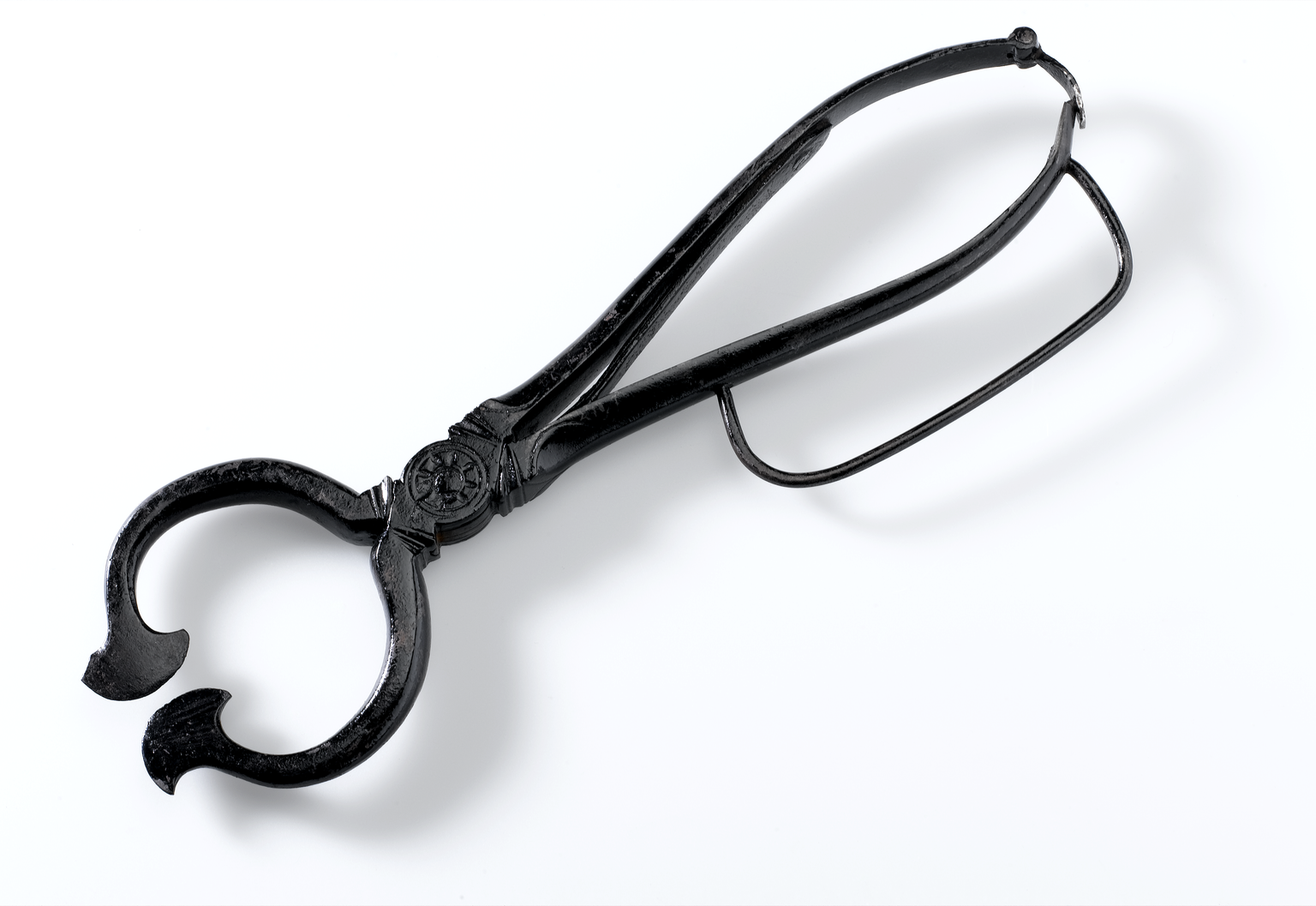Tools are one of the most immediate means we have to shape the material world around us.
They exist in many different forms, from simple hammers to complex lathes (get up close with a lathe in our new film series).
Together, tools help us to more easily cut, shape, hold, grip, measure and mark material. In doing so, they help us create pleasing new forms and extend our human capabilities.
Over 100 metal tools from the Science Museum Group Collection form a new display in the Science Museum (and even more tools can now be seen online).
Beyond their shared material, these tools speak to each other in many subtle ways.
There is little overall difference between tin snips for cutting sheet metal, and surgical shears used to slice bone in operations.
It is also quite a challenge to tell apart nineteenth century sugar nippers from castrating tongs.

But closer inspection reveals that, for all their outward similarities, each tool is uniquely adapted to the job in hand.
Longer handles give more leverage, making holding or gripping easier. Cutting blades can curve or hook, to hold material and cut it simultaneously.
Some tools can be held and adjusted with just one hand, keeping the other free for other tasks.
And many tools are beautifully decorated, reflecting tools’ importance to the livelihoods of those who used them.

Today, tools are often more likely to be part of our home lives than something we encounter at work.
Not everyone is a carpenter, or a surgeon. But many more of us do knit, cook, shave, fix our bikes, make art with the kids and complete thousands of other jobs like these.
Whatever we do, tools form vital, cunning extensions of our bodies and our abilities.

You can see hundreds of different tools in our online collection, including tools from a nineteenth century carpenter’s tool chest, a Women’s Royal Naval Service tool box and the tool kits used by a 1950s telephone engineer, electro-acoustic musician Hugh Davies and animator Paul Berry (who worked on James and the Giant Peach and the Nightmare Before Christmas).
With thousands of new images now published to our online collection each month, we’ve also selected five new images of tools to share with you here:





